2015 Bajaj Pulsar RS 200 review, road test
We’ve just put the Pulsar RS 200 through our complete road test treatment to tell you how Bajaj’s first fully faired bike performs.
Published on May 01, 2015 02:00:00 PM
1,04,626 Views
Follow us on



The Pulsar RS 200 gets the tried-and-tested twin-spar, steel fabricated frame from the 200NS. The kerb weight is a shade on the heavier side, at 165kg, although this is not a bother when on the go.
The rider sits upright on the Pulsar RS 200 but with a little lean into the handlebars, not unduly straining the wrists. Bajaj provides the Pulsar RS 200 with a well-padded, roomy split saddle, which is comfortable enough for a bike with such sporty nature.
A pair of 37mm hydraulic, telescopic forks are seen upfront and an eight-step adjustable, gas-filled monoshock absorber is provided at rear. Ride quality is good, neither too soft, nor overly firm. The Pulsar RS 200 absorbs bumps well, with a nice, sporty and firm feel, the new Bajaj bike remaining nicely settled while negotiating undulations mid corner as well.
A delight when cornering, the Pulsar holds its line well due to its taut suspension and this is further enhanced thanks to really grippy MRF rubber. The Pulsar RS 200 is an agile handling motorcycle, not quite as quick to turn in and flick around precisely as KTM’s RC200, but then again, providing more comfort than any of its Austrian siblings.
Snail-cams are used to adjust its exposed O-ring sealed drive chain, the RS 200 one of few Indian motorcycles to benefit from such a system.
This is the first Bajaj motorcycle to offer the added safety of ABS brakes, although this is via single channel, working well but only for the front wheel. The front end has a 300mm petal type rotor, while the rear is equipped with a 230mm petal disc. We managed to get the bike to halt in a decent 17.96 meters, in 2.4 seconds.
Copyright (c) Autocar India. All rights reserved.

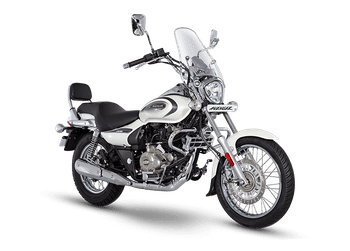
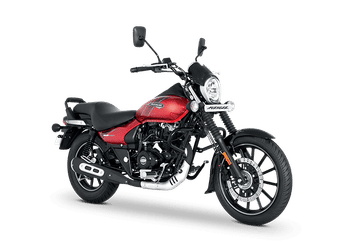




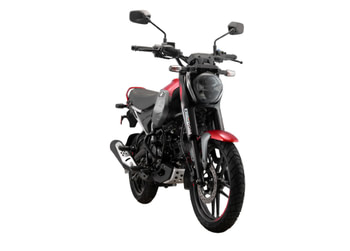



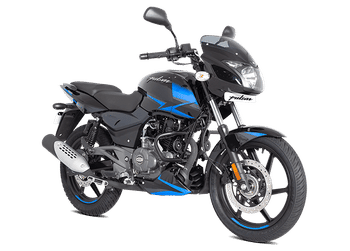





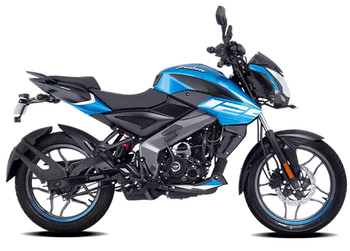
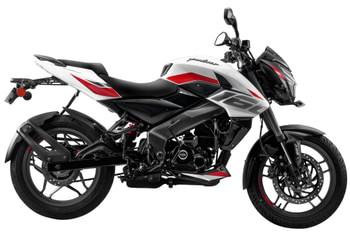
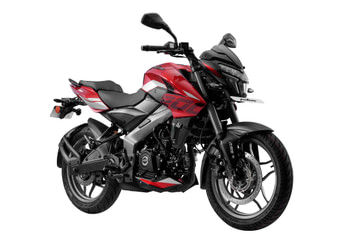

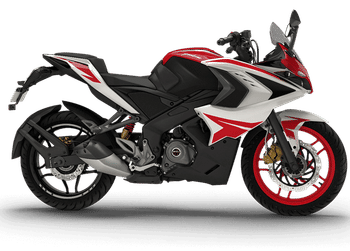



Comments
Member Login
Personal Details
No comments yet. Be the first to comment.